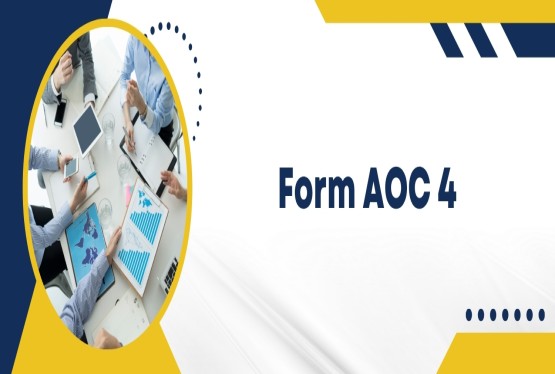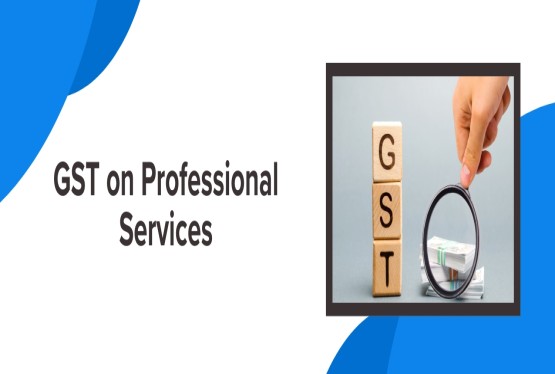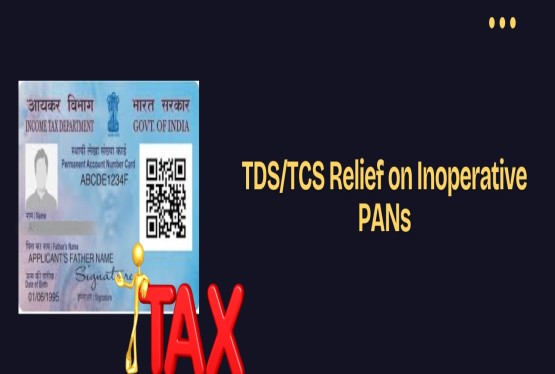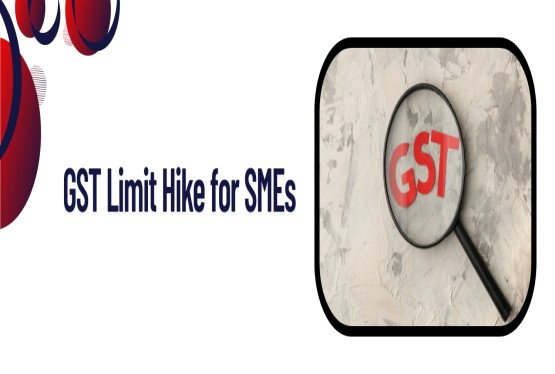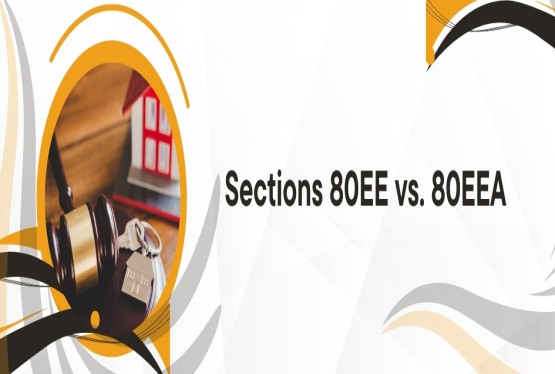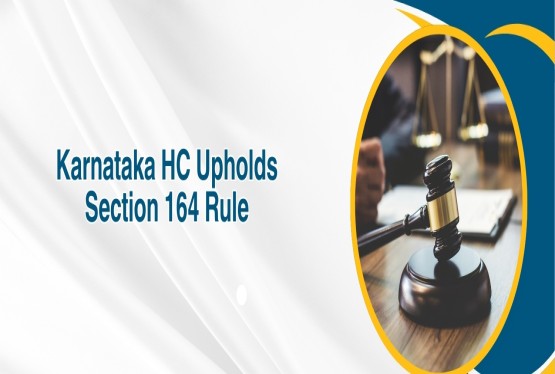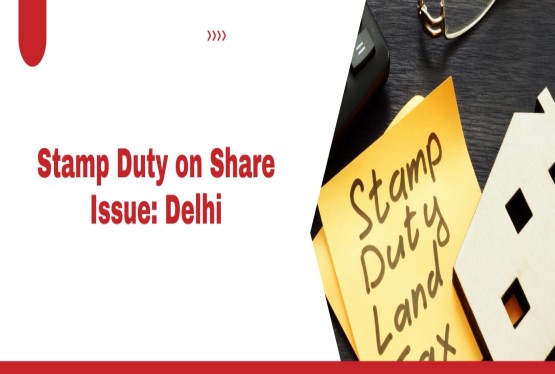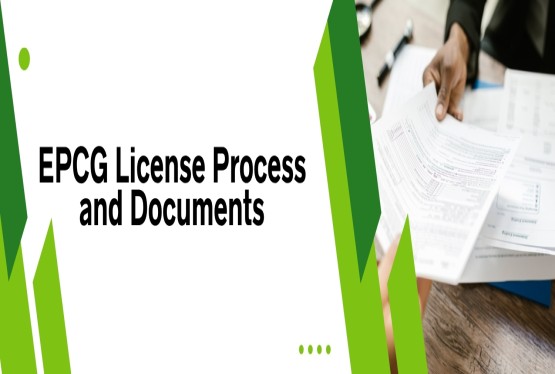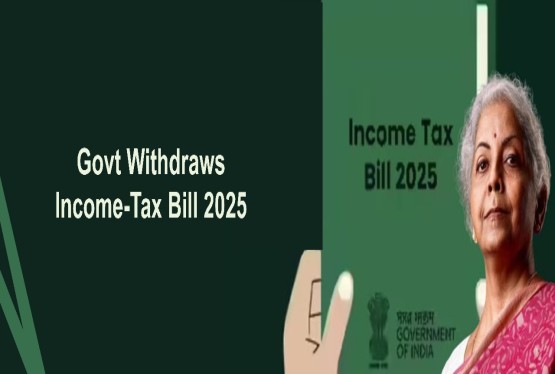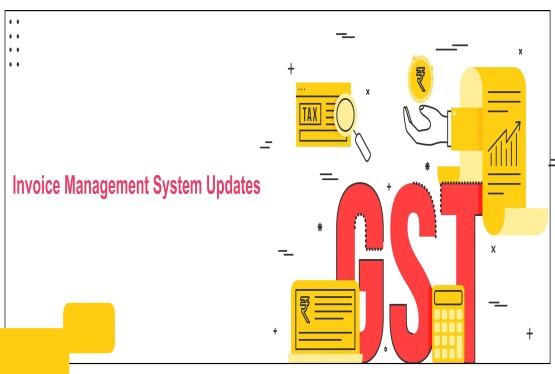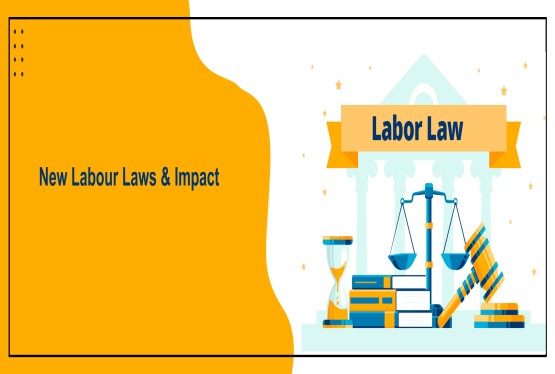Form 27EQ is a quarterly statement of Tax Collected at Source (TCS), filed by corporate and government collectors in India. Under Section 206C of the Income Tax Act, 1961, sellers are mandated to collect tax from buyers on the sale of specified goods and deposit the collected tax with the Central Government. Form 27EQ serves as the prescribed format to report these collections and payments. Filing this form correctly and on time is critical to remain compliant with the law and avoid penalties.
What is a Tax Collected at Source (TCS)?
Tax Collected at Source (TCS) refers to the tax collected by a seller from the buyer at the time of sale of certain specified goods or provision of services. The tax is then remitted to the government. TCS is governed by Section 206C of the Income Tax Act, 1961. Only those transactions and goods that fall under the purview of this section attract TCS.
For example, if a seller sells timber to a buyer, the seller is required to collect a certain percentage of the sale amount as TCS and deposit it with the government. The buyer pays this additional amount to the seller, who in turn is responsible for depositing it and filing Form 27EQ. The TCS rate and applicable goods are predefined in the Income Tax Act.
What is Form 27EQ?
Form 27EQ is a quarterly return form used by all corporate and government entities who collect tax at the source. It records details of TCS collected and deposited with the government. It is mandatory to mention the TAN (Tax Deduction and Collection Account Number) in the form. Government collectors who do not possess PAN are required to mention 'PANNOTREQD'. Non-government collectors must provide their PAN details.
Form 27EQ is submitted every quarter and is used to report transactions where TCS was applicable and collected. It ensures that the Income Tax Department has accurate data on tax collected at source and helps in cross-verification with buyers' returns.
Features of Form 27EQ
Form 27EQ is governed under Section 206C of the Income Tax Act. It is a quarterly return which must be filed by collectors of tax. It includes key details such as the TAN of the collector, details of the tax collected, and the total amount deposited with the government. It also mandates separate rules for government and non-government deductors in terms of PAN requirements.
This form is an important document for the Income Tax Department to track tax compliance. The details provided in Form 27EQ also reflect in the buyer's Form 26AS, enabling them to claim credit for the TCS.
Who Needs to File Form 27EQ?
Both corporate and government collectors are required to file Form 27EQ. Any individual or entity that collects TCS under the provisions of Section 206C must file this form. This includes traders, manufacturers, companies, firms, and government departments who sell goods that are subject to TCS. It is compulsory to file the return even if there is no TCS during the quarter. In such a case, a nil return must be submitted. This ensures consistency and transparency in tax reporting.
Contents of Form 27EQ
Form 27EQ is divided into five sections. Each section contains important details that need to be filled out accurately by the tax collector. Let us understand each section in detail:
Section 1: Details of the Deductor
This section requires the deductor or collector to provide basic identification information. This includes TAN and PAN details, the financial year, and the assessment year for which the return is being filed. If a return has already been submitted for the quarter, the provisional receipt number of the earlier statement must also be mentioned.
Accurate entry of TAN and PAN is important because these are unique identifiers used by the Income Tax Department to track filings and payments. Any discrepancy here can lead to processing errors or notices.
Section 2: Details of the Collector
This section captures the personal and official information of the collector. This includes the collector's full name, branch or division (if applicable), residential or official address, phone number, and email ID. The purpose of this section is to establish the identity and contact details of the person or entity responsible for collecting TCS.
This information ensures that any communication from the department reaches the right person. It also helps in accountability in case of any issues or audits.
Section 3: Details of the Person Responsible for Collecting Tax
This section requires the name and address of the individual who is actually responsible for collecting the tax. This may or may not be the same as the collector mentioned in the previous section. This section helps the department identify the person who can be contacted for queries or clarifications related to the tax collected and reported.
Section 4: Details of Tax Collected and Paid to the Government
This is the most important part of Form 27EQ. Here, the collector has to provide all details related to the tax collected and deposited with the government. This includes:
-
The amount of TCS collected
-
Collection code
-
Amount of surcharge and education cess
-
Interest, if any
-
Any other amount
-
Total tax deposit amount (sum of all applicable amounts)
The section also requires the following banking details:
-
BSR code of the bank
-
Cheque or Demand Draft number (if payment made by cheque/DD)
-
Date of deposit of TCS
-
Transfer voucher or challan serial number
-
Whether the payment was made through book entry
All of these details must be filled in carefully to avoid mismatch or rejection during processing. Errors in this section can lead to penalty notices or delays in credit being reflected in the buyer's Form 26AS.
Section 5: Verification and Annexure
In this final section, the taxpayer verifies the accuracy of the information provided. The collector must sign the declaration, confirming the authenticity and correctness of all details. Any annexures to be attached with the form should be properly filled and included.
The verification section adds legal responsibility to the filing. False or misleading information can result in legal action and financial penalties.
Due Dates to File Form 27EQ
Form 27EQ is a quarterly return, which means it has to be filed four times a year. The due dates are as follows:
-
For the quarter ending 30th June: 15th July
-
For the quarter ending 30th September: 15th October
-
For the quarter ending 31st December: 15th January
-
For the quarter ending 31st March: 15th May
Timely filing is important to ensure that the credit for TCS reflects properly in the buyer’s tax records and to avoid late filing penalties.
Goods Subject to TCS
Not all goods are covered under TCS. The following categories of goods are subject to tax collected at source as per Section 206C:
-
Alcoholic liquor for human consumption
-
Timber obtained from forests
-
Tendu leaves
-
Other forest produce (excluding timber and tendu leaves)
-
Minerals such as coal, lignite, and iron ore
-
Scrap material
-
Sale of cars (new or old) exceeding the value of INR 10,00,000
-
Sale of goods exceeding INR 50,00,000 in a financial year
Sellers involved in transactions involving these goods must collect TCS and file Form 27EQ accordingly.
How to Download Form 27EQ?
To download Form 27EQ, follow these steps:
-
Visit the official NSDL website
-
Click on the 'Downloads' section from the main menu
-
Select 'E-TDS/E-TCS'
-
Under the 'Quarterly Returns' option, click on 'Regular'
-
Locate Form 27EQ and download or print as per requirement
The form can be filled either manually or with the help of return preparation utilities available on the NSDL website. Once filled, it can be uploaded on the TIN portal.
Updated CBDT Deadline for FY 2023-24
According to a circular issued by the Central Board of Direct Taxes (CBDT), the due date for filing TCS returns in Form 27EQ for the first quarter of the Financial Year 2023-2024 was extended to 30th September 2023. This update was provided as a relief measure to accommodate systemic changes and facilitate taxpayers.
Penalties for Late Filing of Form 27EQ
Failure to file Form 27EQ on time can lead to penalties. The key consequences are:
-
A late fee of INR 200 per day is charged under Section 234E until the return is filed. However, the total amount of late fee cannot exceed the amount of TCS.
-
A penalty ranging from INR 10,000 to INR 1,00,000 may be levied under Section 271H for non-filing or incorrect filing, depending on the severity of the delay or default.
Avoiding these penalties requires accurate and timely filing of Form 27EQ. Collectors are advised to maintain proper records and monitor deadlines carefully.
Conclusion
Form 27EQ is an integral part of the TCS compliance mechanism under Indian income tax law. By capturing details of tax collected at source and remitted to the government, it helps maintain transparency and facilitates smooth tax administration. Sellers must understand the structure, content, and filing deadlines of Form 27EQ to ensure proper compliance. Filing this form accurately not only avoids penalties but also supports the buyer in claiming tax credit. Always ensure that the form is submitted on or before the due date with complete and verified information.
If you need any support in filing Form 27EQ, you can connect with Compliance Calendar LLP Experts through info@ccoffice.in or Call/Whatsapp at +91 9988424211.
FAQs
Q1. Who is required to file Form 27EQ?
Ans. Any individual, company, government department, or entity that collects tax at source (TCS) as per Section 206C of the Income Tax Act is required to file Form 27EQ. This includes both government and non-government collectors of specified goods.
Q2. What is the due date for filing Form 27EQ?
Ans. Form 27EQ must be filed quarterly. The due dates are: 15th July for Q1, 15th October for Q2, 15th January for Q3, and 15th May for Q4. Filing on or before these dates ensures compliance and avoids penalties.
Q3. What happens if Form 27EQ is filed after the due date?
Ans. If Form 27EQ is filed after the due date, a penalty of INR 200 per day applies until the return is submitted. The total penalty cannot exceed the TCS amount. In some cases, additional penalties under Section 271H may also apply.
Q4. Can Form 27EQ be filed online?
Ans. Yes, Form 27EQ can be filed online through the TIN-NSDL portal. The form can be prepared using the Return Preparation Utility (RPU) provided on the NSDL website and then uploaded through the portal.
Q5. Is it necessary to file Form 27EQ even if no TCS has been collected during the quarter?
Ans. Yes, a nil return must be filed if no TCS was collected during a particular quarter. This helps maintain compliance and avoids unnecessary scrutiny from the tax department.
Q6. What information is needed to fill Form 27EQ?
Ans. Details required include TAN and PAN of the collector, assessment year, amount of tax collected, payment details such as BSR code and challan number, and verification information with signatures. Accuracy in each section is crucial.
Q7. On which goods is TCS applicable that must be reported in Form 27EQ?
Ans. TCS is applicable on goods such as alcoholic liquor, timber, tendu leaves, minerals like coal and iron ore, scrap, sale of cars above INR 10 lakhs, and goods sold exceeding INR 50 lakhs in a financial year. These must be reported in Form 27EQ.








_crop10_thumb.jpg)




































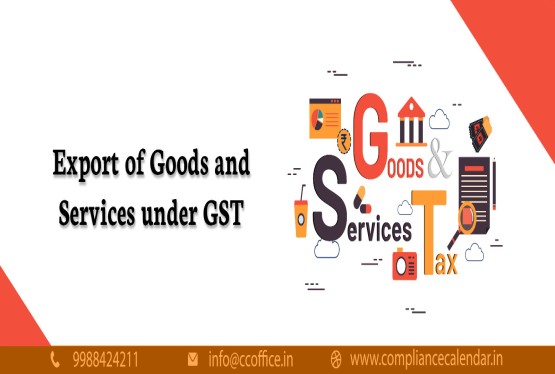













































_for_FY_2025-26_crop10_thumb.jpg)



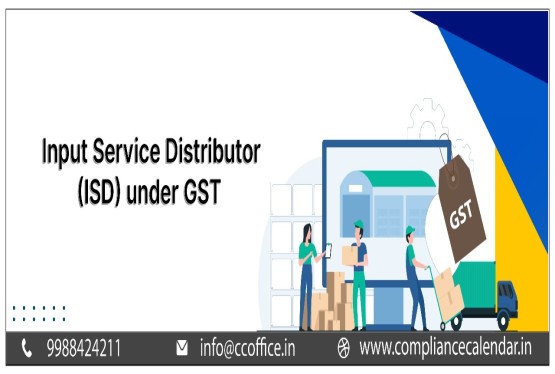








_learn_crop10_thumb.jpg)








_Filing_Due_Dates_for_FY_2024-25_learn_crop10_thumb.jpeg)
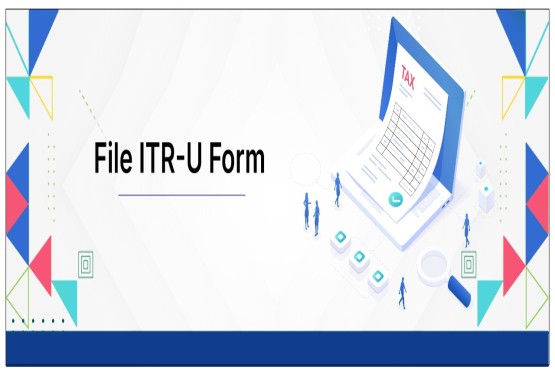

























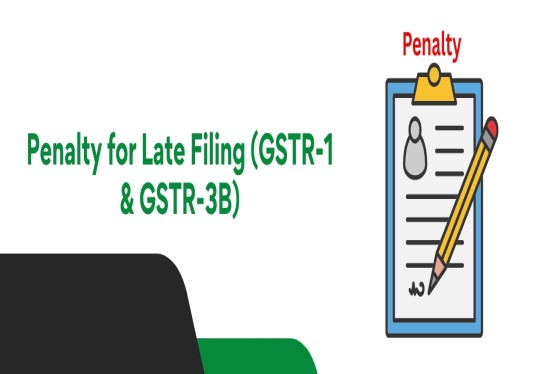












_of_GST_Act_learn_crop10_thumb.jpg)










_Under_GST_learn_crop10_thumb.jpg)









_crop10_thumb.jpg)


_crop10_thumb.jpg)






_learn_crop10_thumb.jpg)






















_of_the_Income_Tax_Act_learn_crop10_thumb.jpg)



_learn_crop10_thumb.jpg)
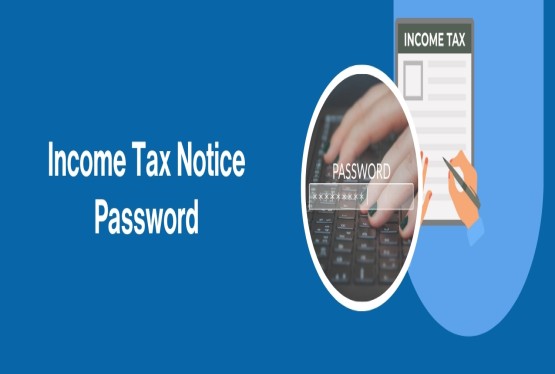





_learn_crop10_thumb.jpg)






_crop10_thumb.jpg)




















_in_The_Income_Tax_Act,_1961_learn_crop10_thumb.jpg)



_learn_crop10_thumb.jpg)



_of_the_Income_Tax_Act_learn_crop10_thumb.jpg)


_Of_Income_Tax_Act_learn_crop10_thumb.jpg)








_learn_crop10_thumb.jpg)








_learn_crop10_thumb.jpg)
_crop10_thumb.jpg)





















_learn_crop10_thumb.jpg)
_for_Import_and_Export_learn_crop10_thumb.jpg)









